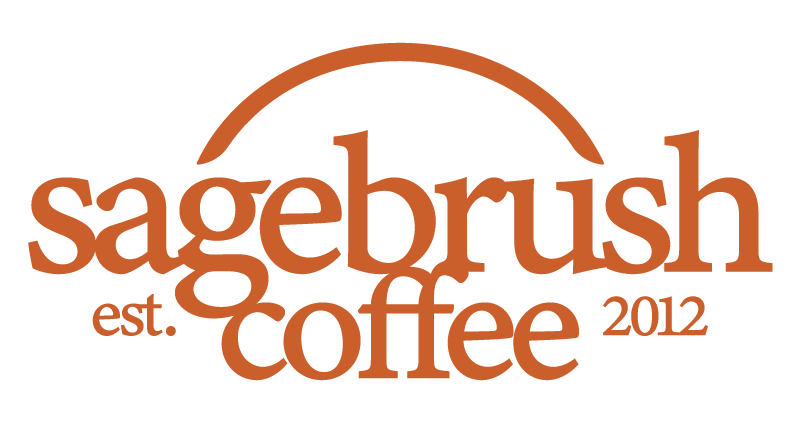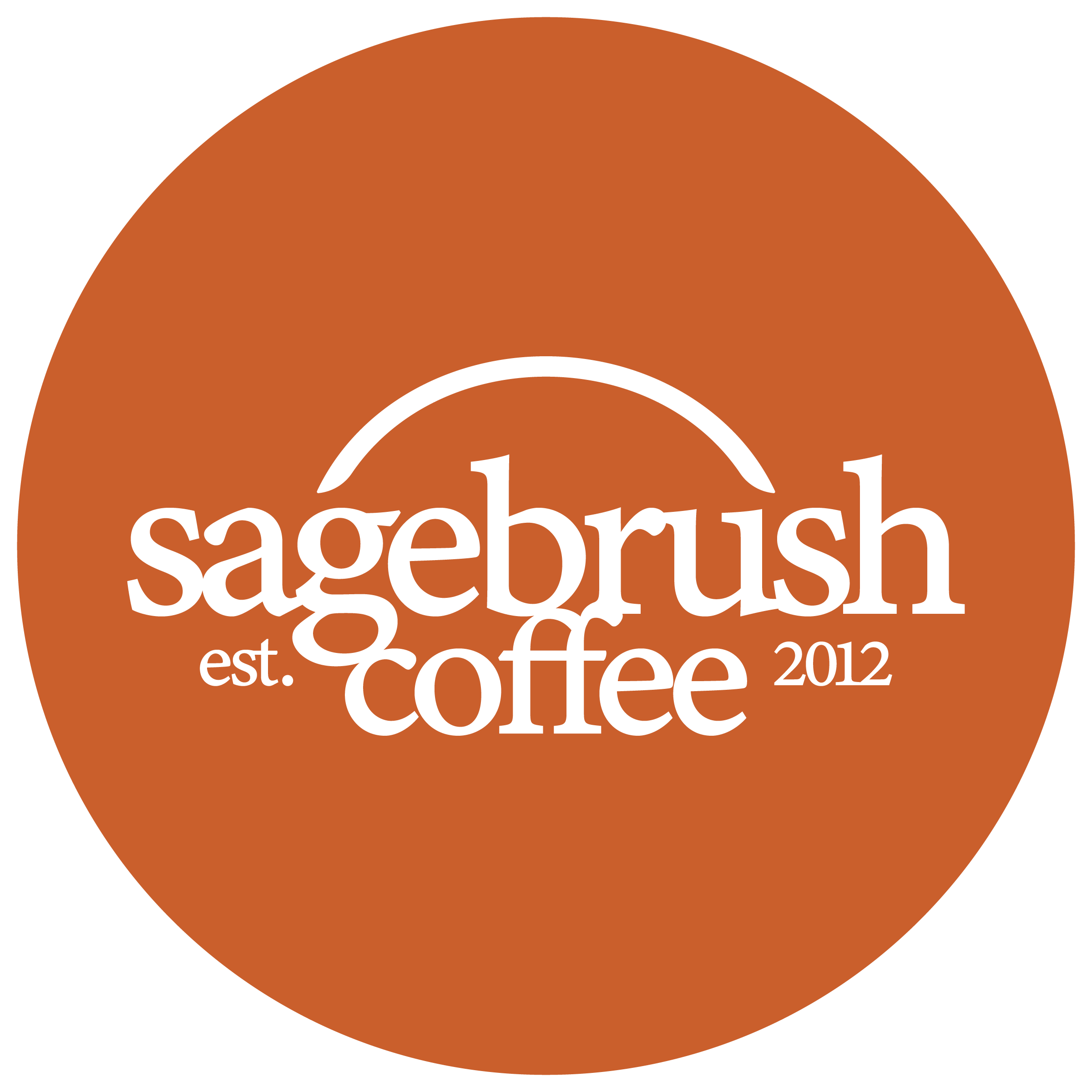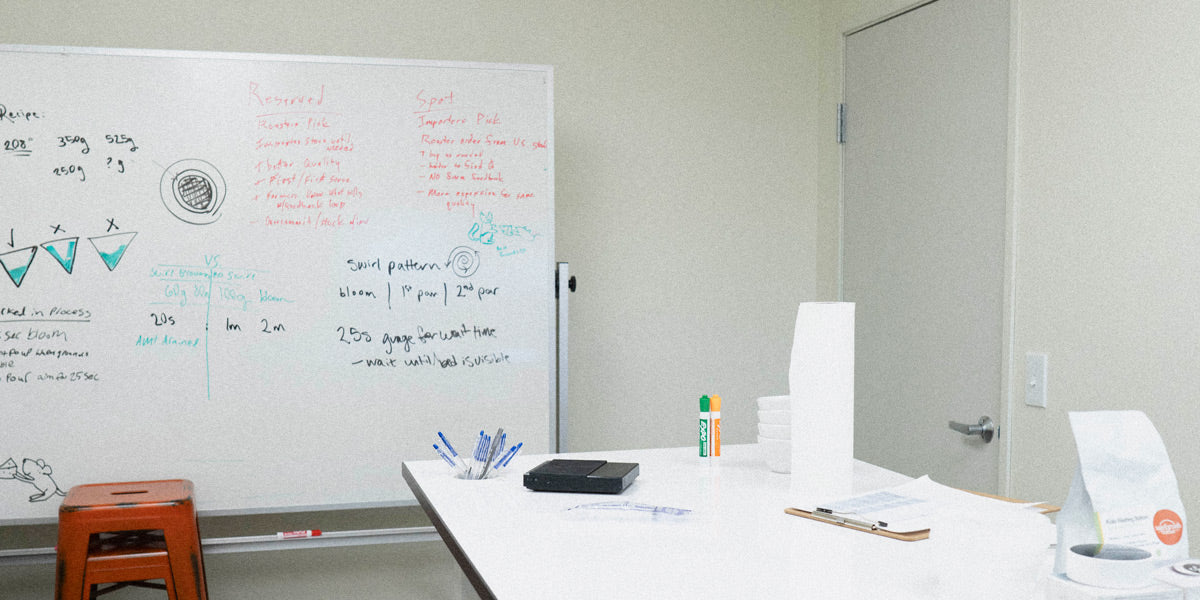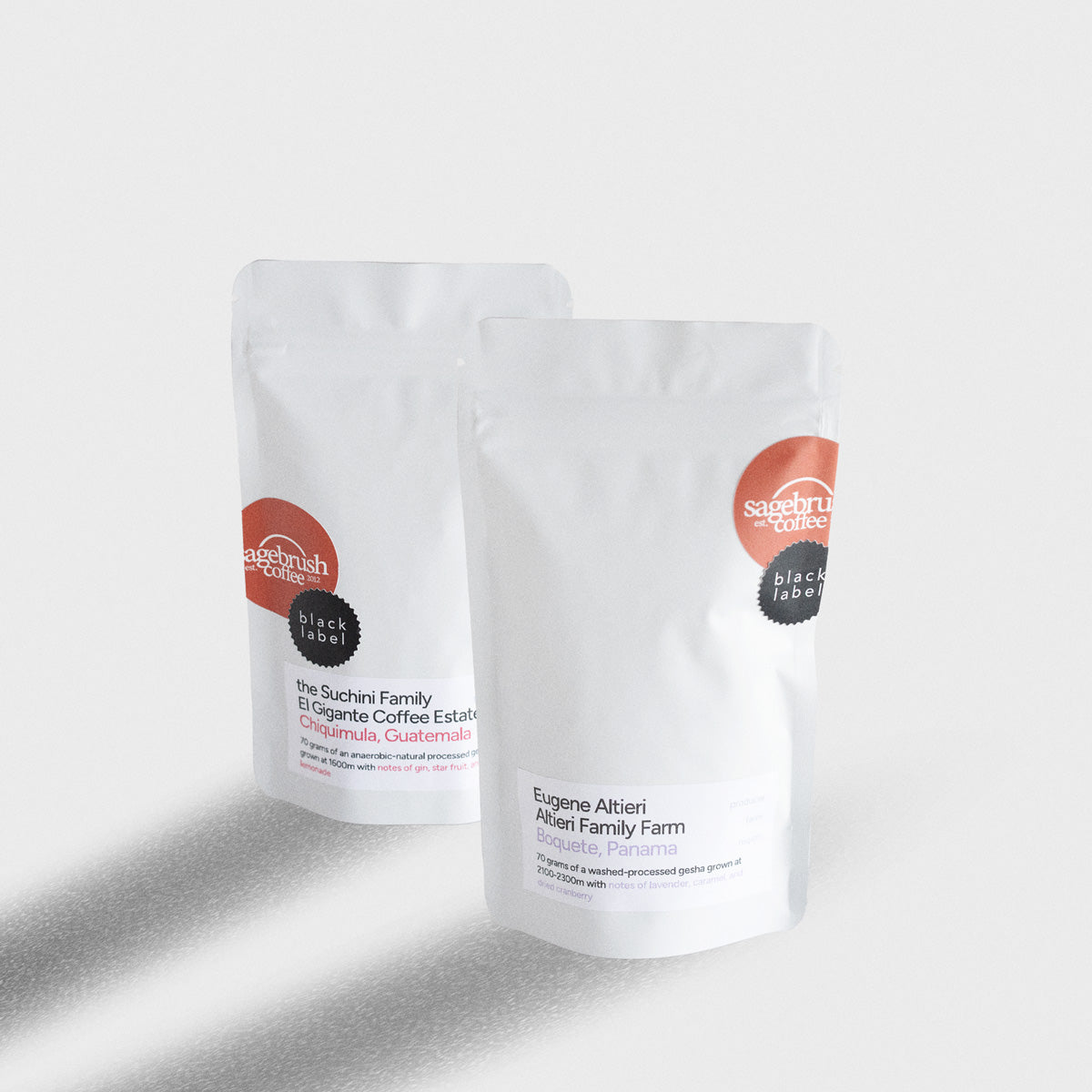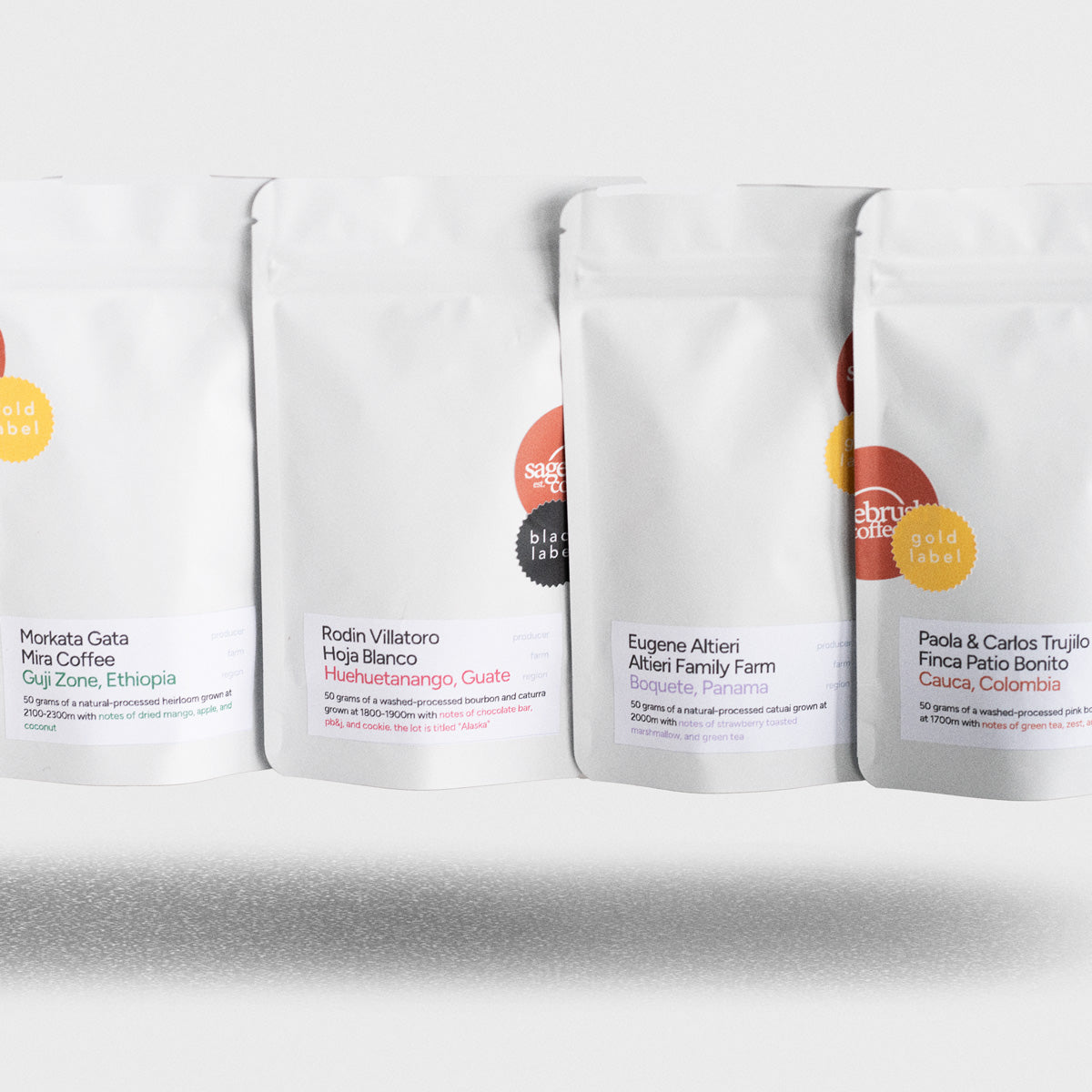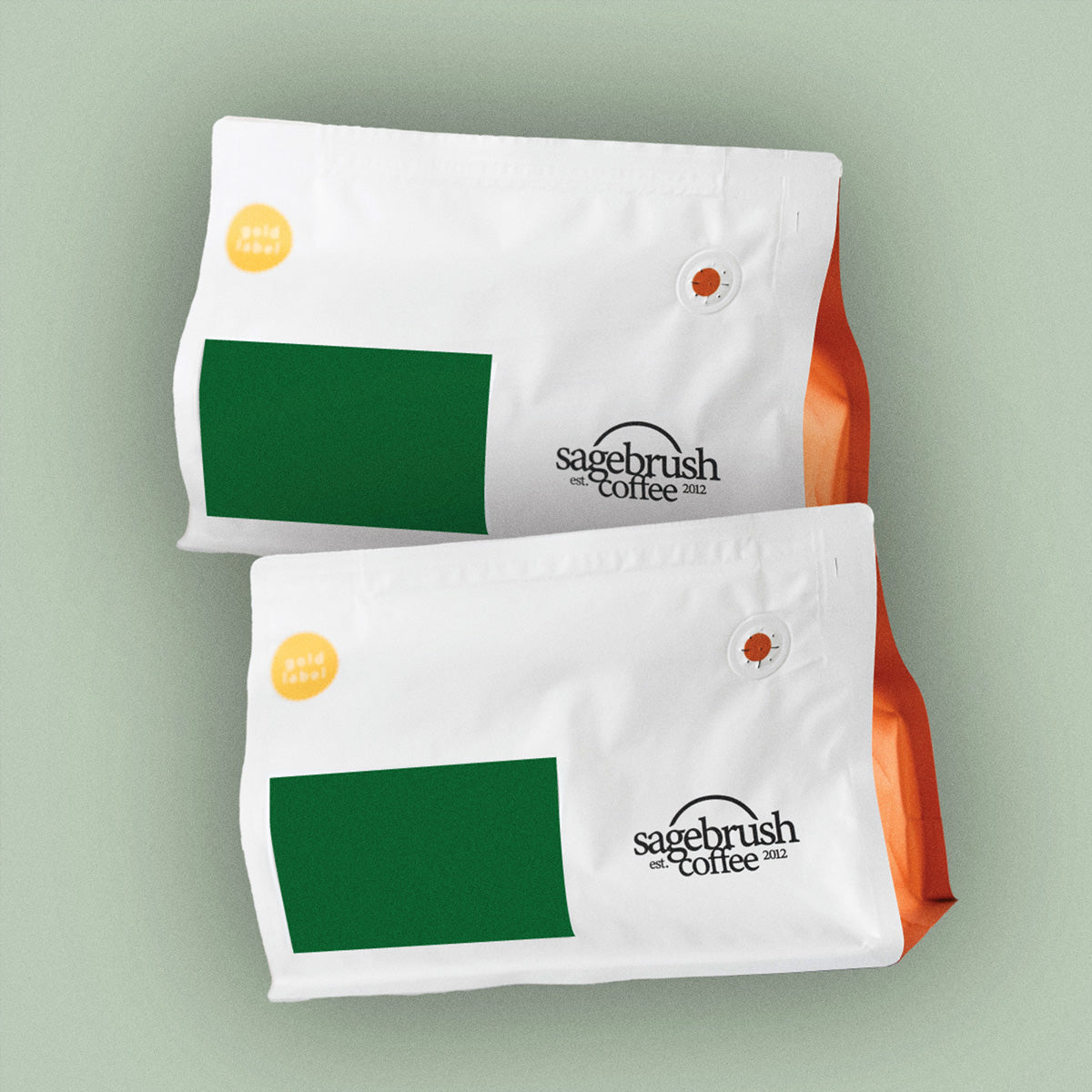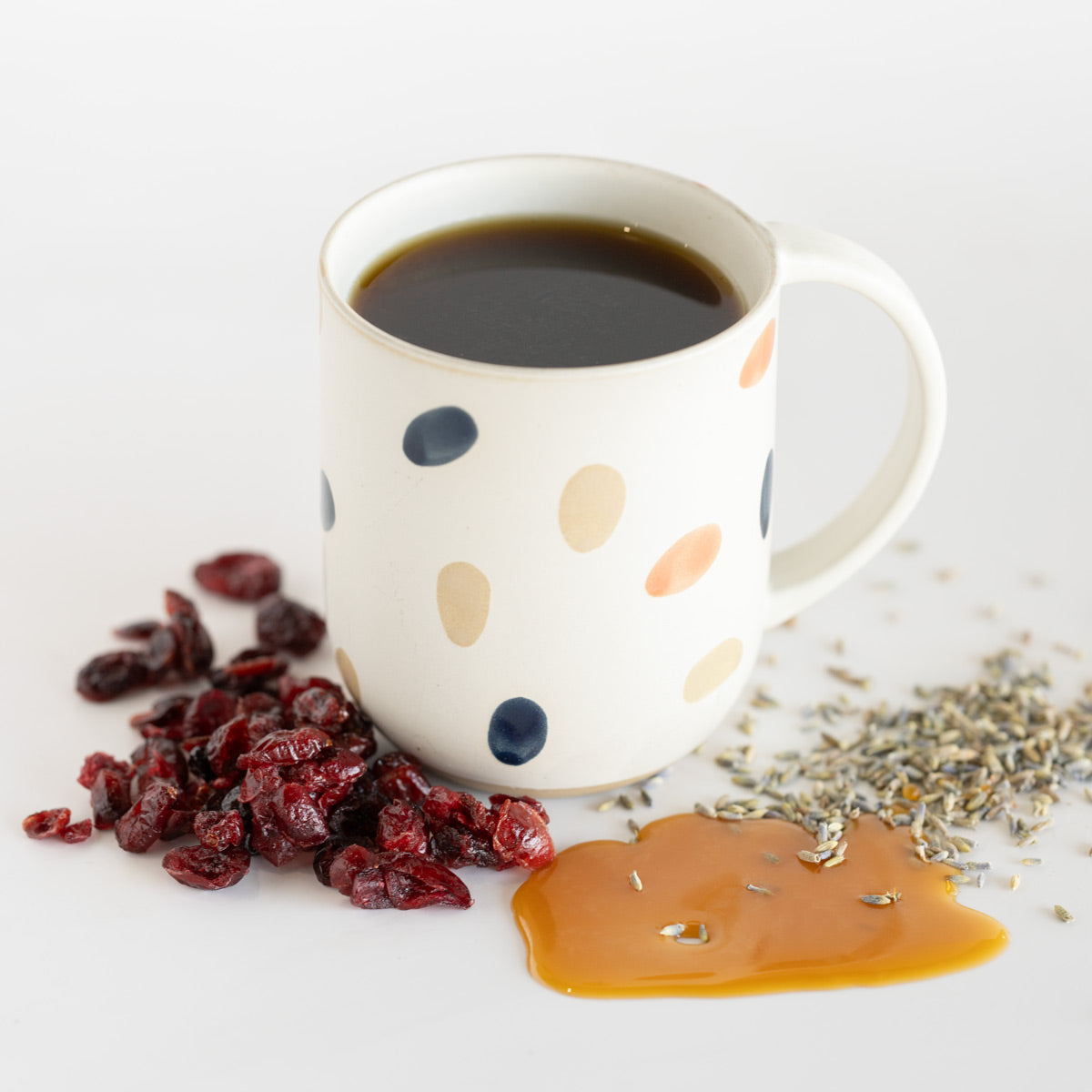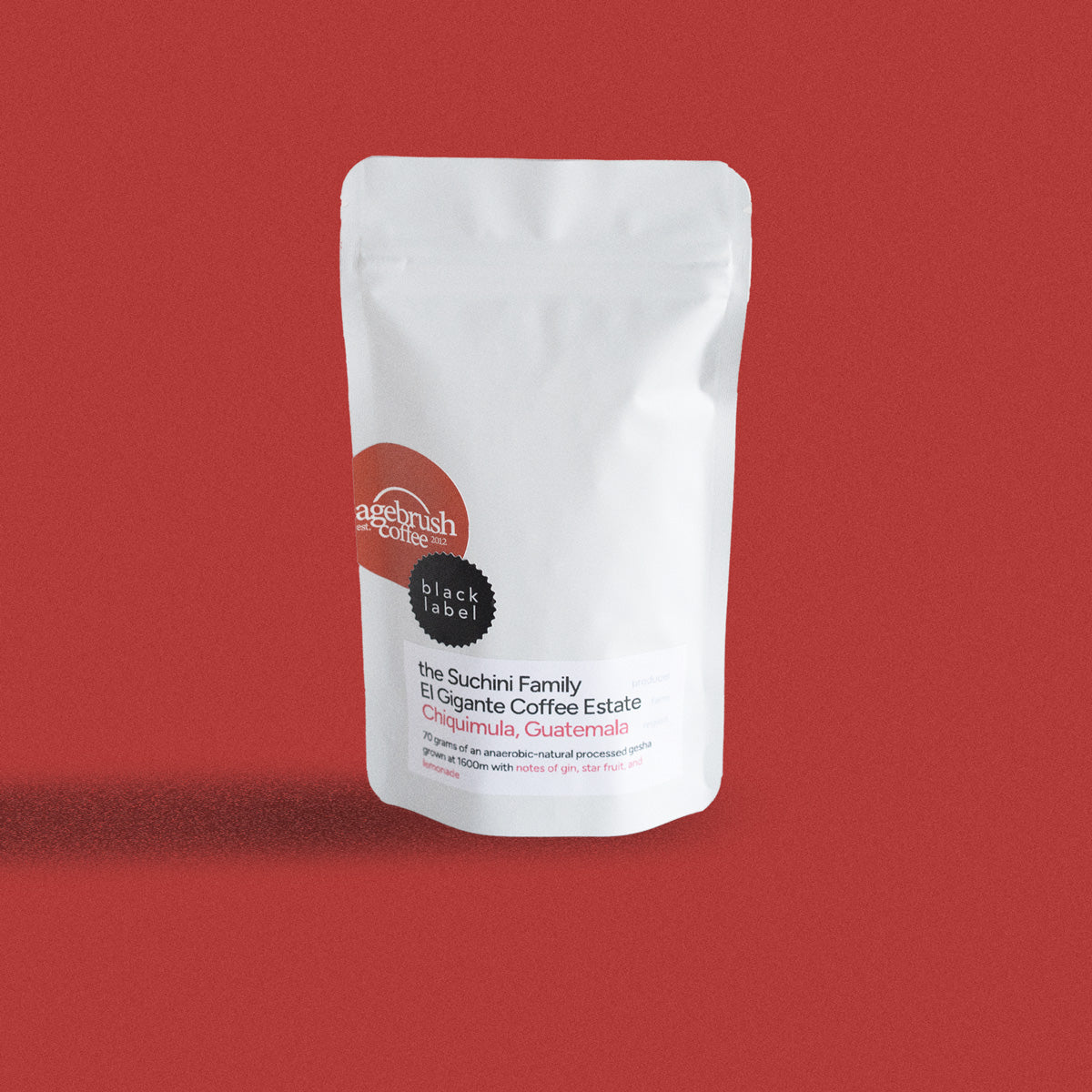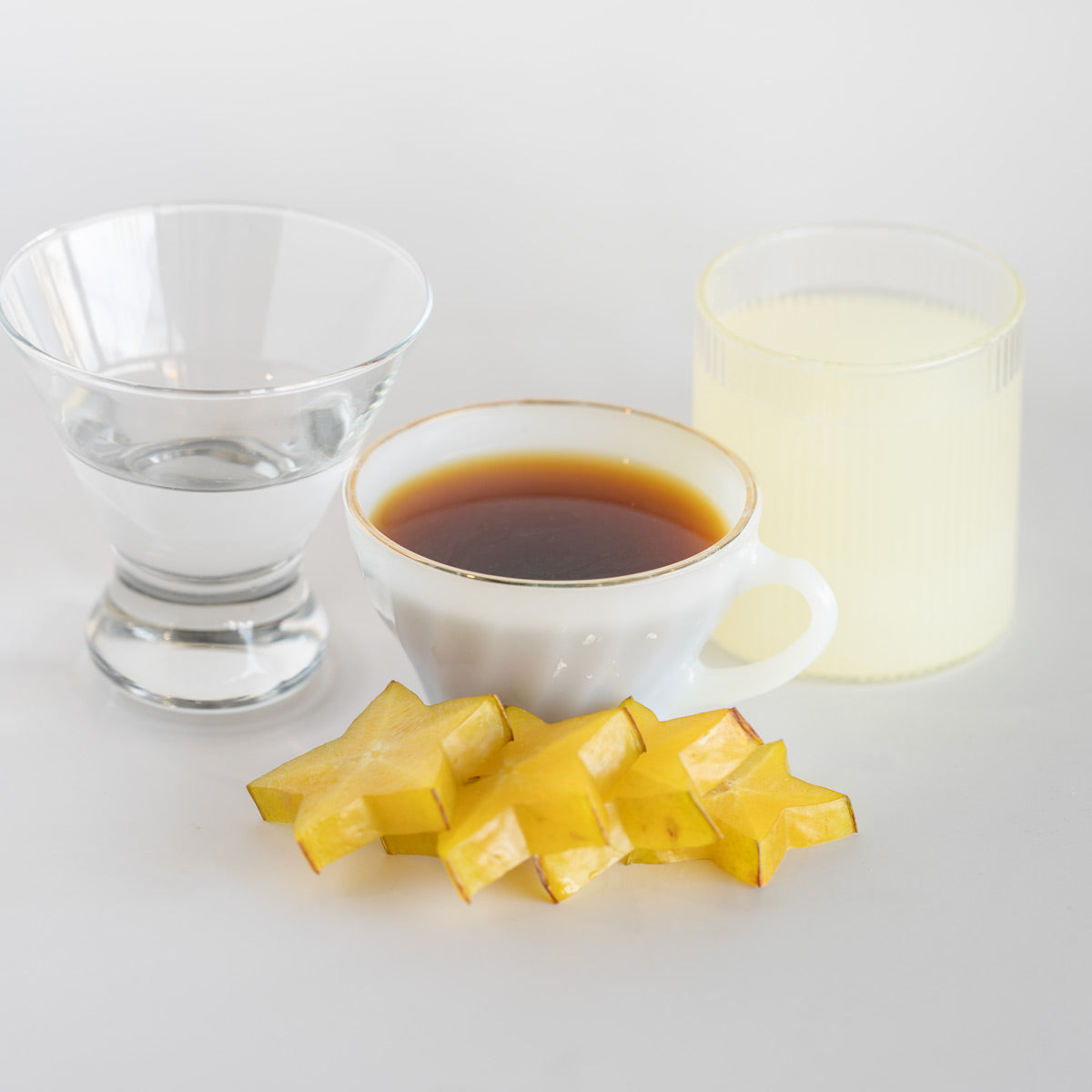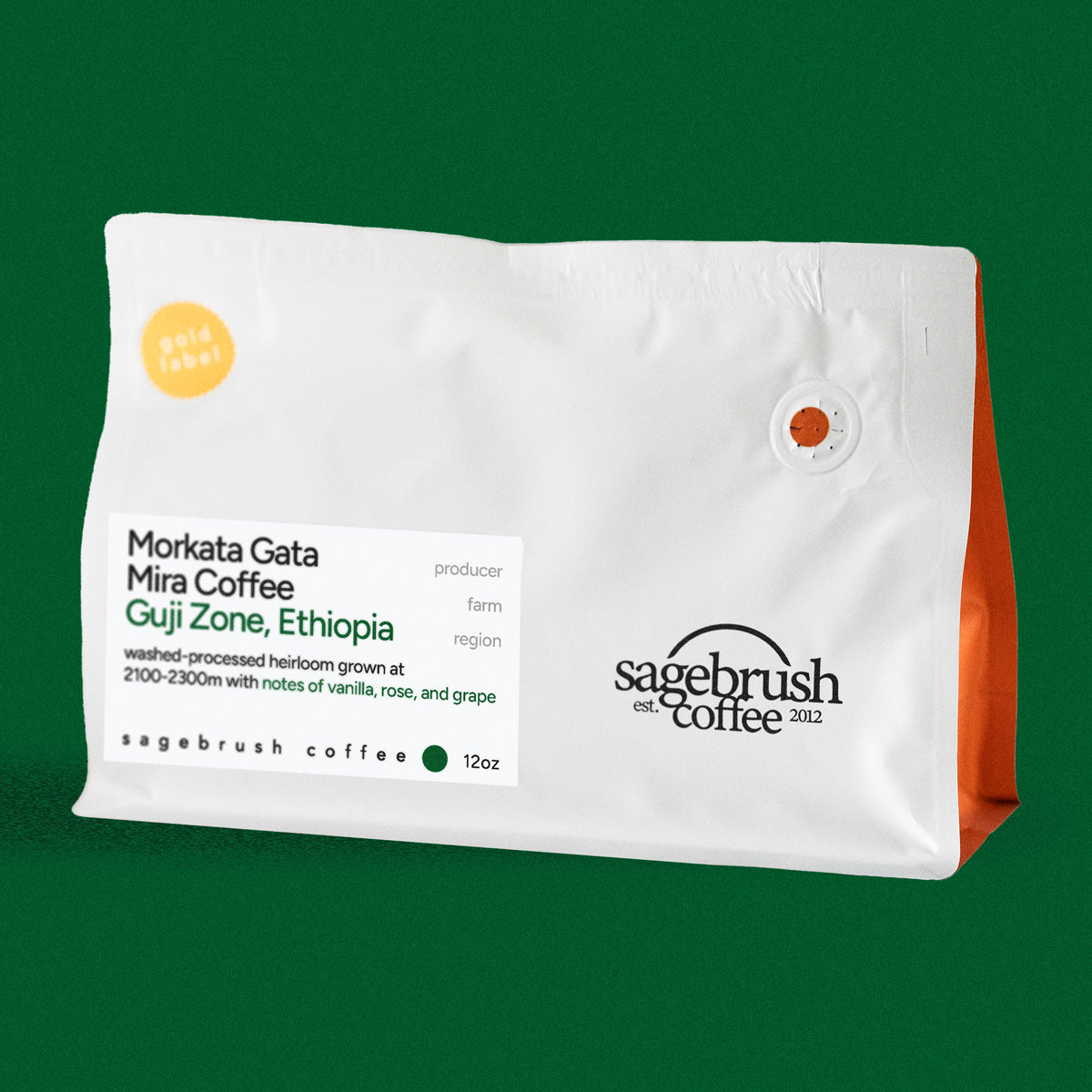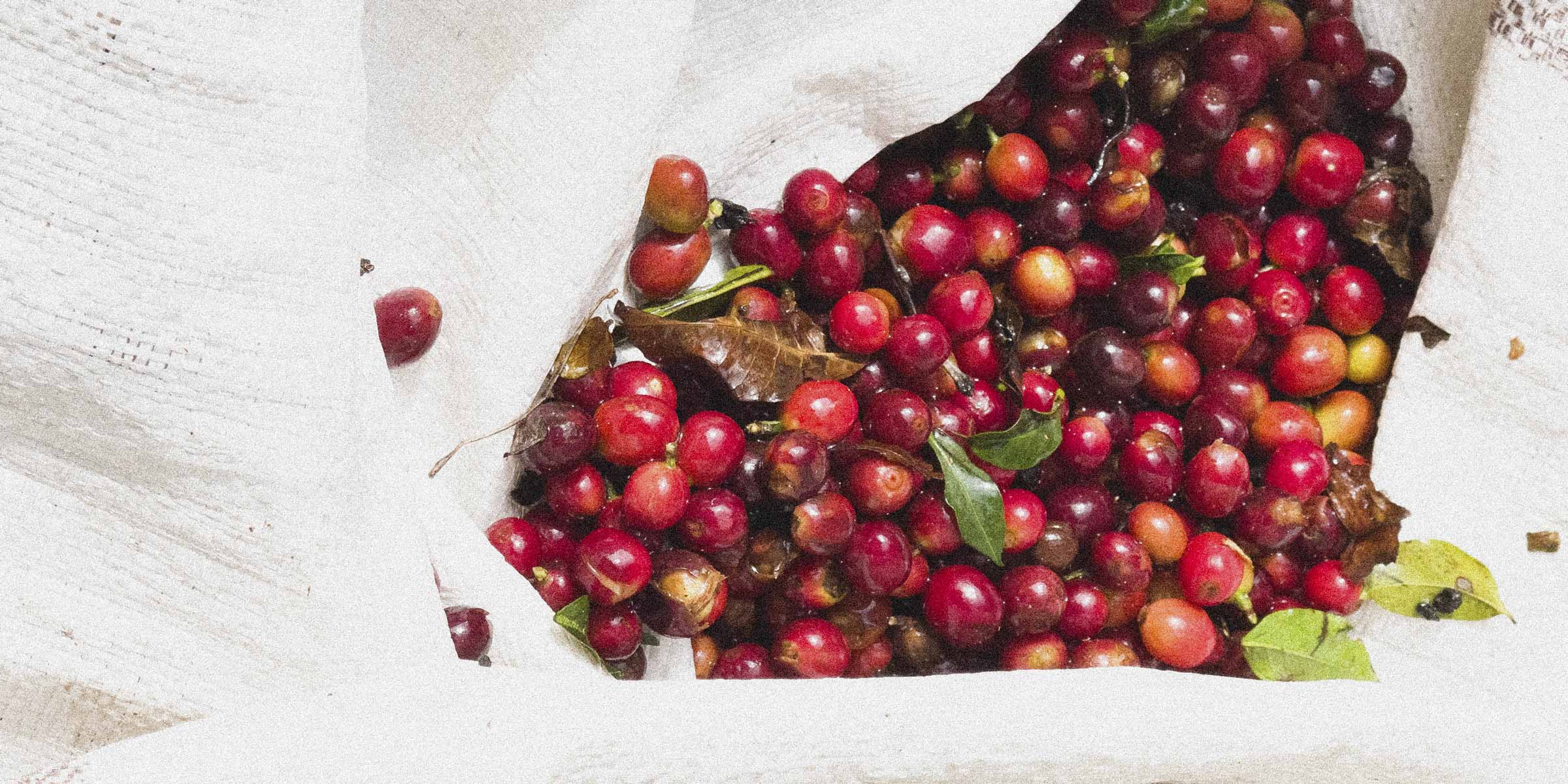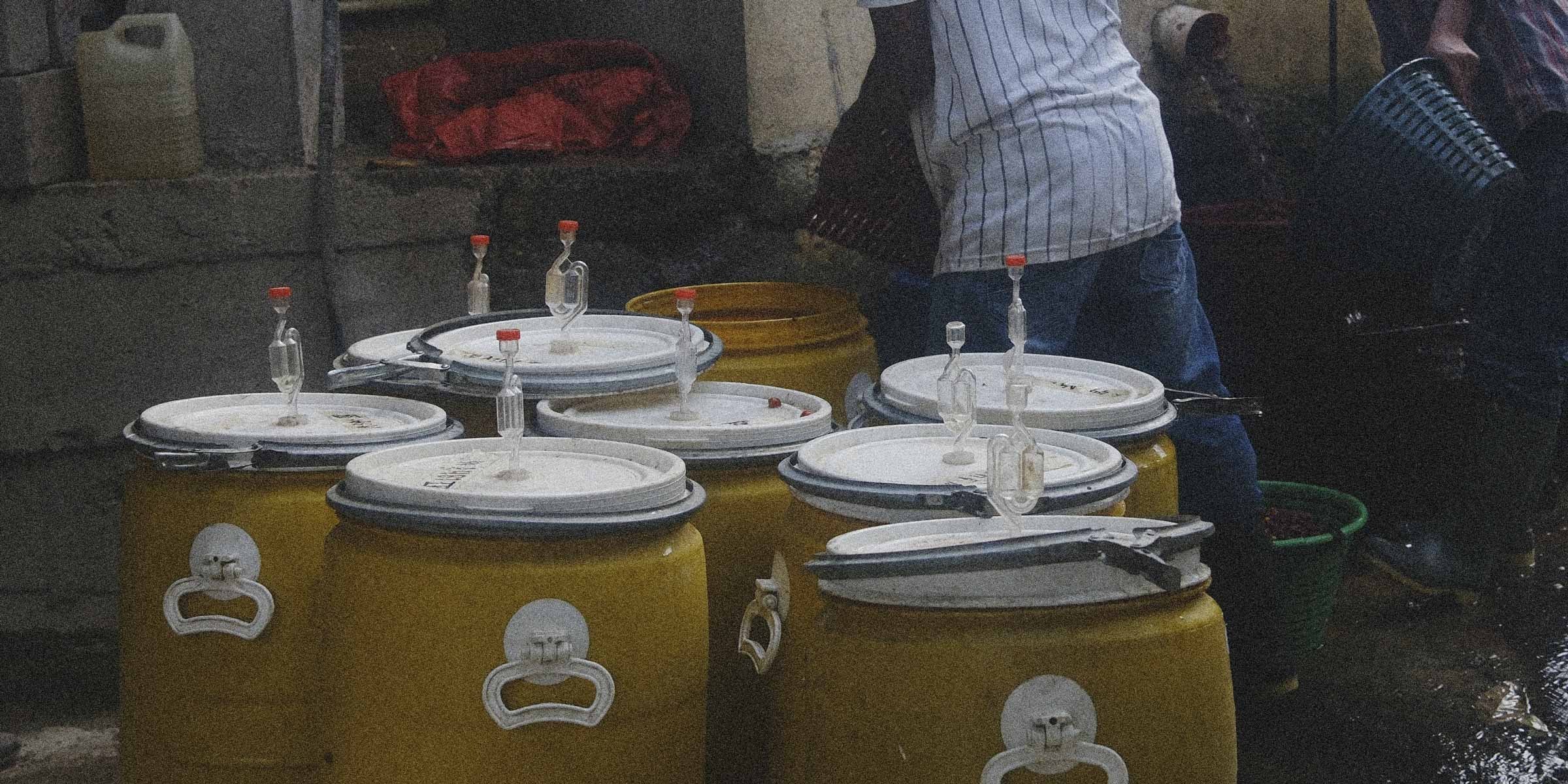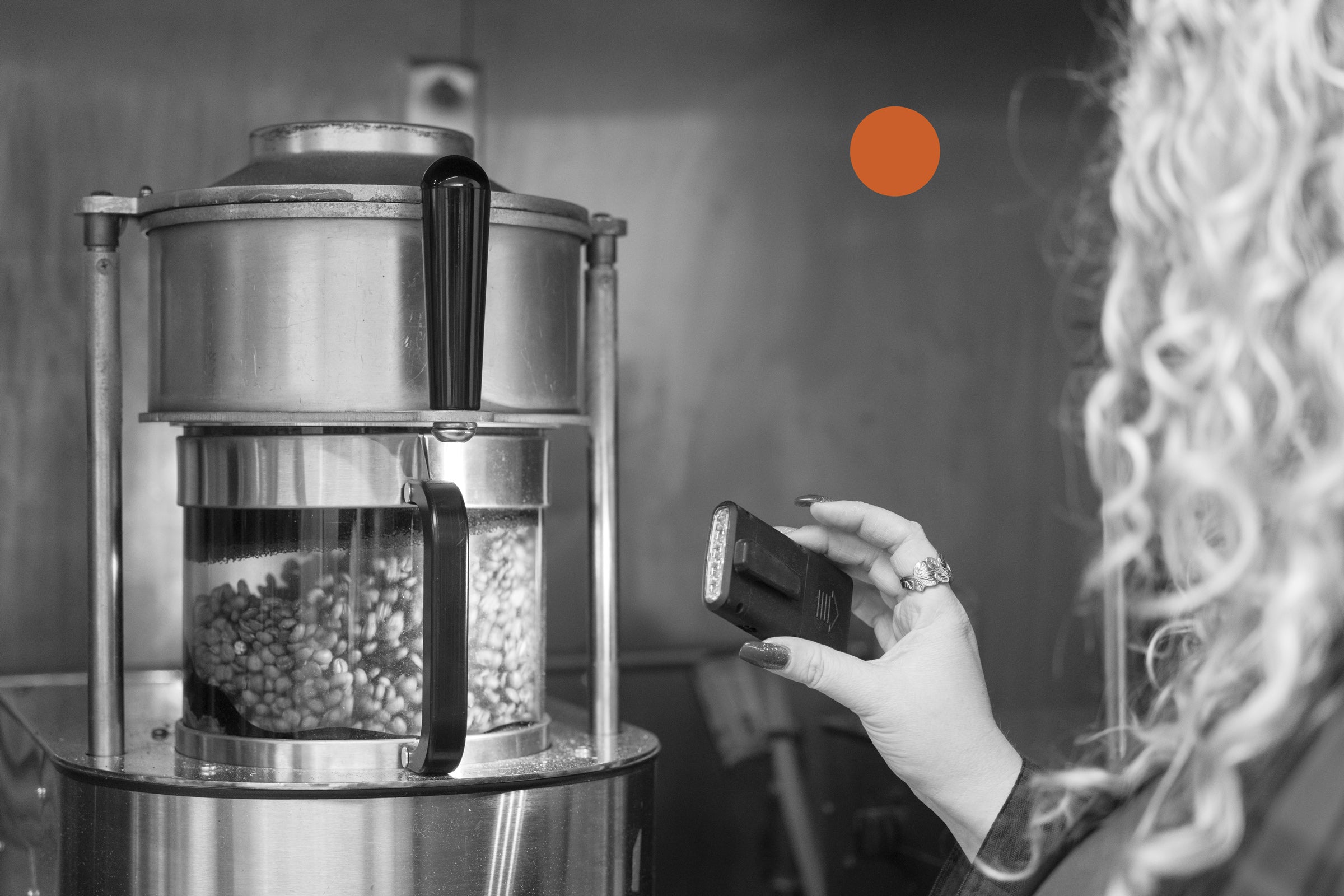I don't know of two more common manual brewing methods for coffee. I remember first hearing and enjoying a french press back in South Carolina when I was probably 7. It was my first introduction to something other than a drip brewer, and even as a child, I could taste the difference.
Fast forward to my entry into home roasting and a coffee obsession, and I quickly learned about the Chemex. I love it because it is a piece of art. I love it because it has a simple cleanup. But most importantly, I love it for the cup of coffee that it produces.
So what is the difference? There are so many different ways to brew coffee. How can I possibly pick out my favorite without trying all of them? I hope to answer those questions with this blog and maybe a few more.
The simple answer for this one is probably quite a bit. The Chemex is a pour-over brewing method, and French Press is immersion. Besides the difference between espresso and drip coffee, I don't know that you could pit two more different brewing methods against each other.
In terms of similarities, they both require coarse ground coffee. I guess you get french presses made of glass too, so there's that. But that about sums it up.
I'll split the differences into three categories. First, I'll talk about the brewing process. Then I'll discuss the flavor profiles produced. Finally, I'll discuss cleanup because that is a typical comment about the French Press.
Brewing Process Differences Between the French Press & Chemex
Being a pour-over brewing method, the Chemex uses a thick paper filter. To brew, you put the beans in that filter and pour near-boiling water over the beans. With the combination of the coarse grind and the thick filter, you get a relatively quick soak of the beans and a very smooth extraction. Depending on the size of your Chemex and the consistency of your grind, the brewing time is about 4-5 minutes.
As for the French press, it is an immersion brewing method, which means that the beans and water soak for a specified period of time. In this case, 4 minutes. That time is what causes the coffee extraction. The filter is more like a screen and leaves a lot more coffee sediment in your cup (this is not a bad thing).
I would say between the two, the overall brew time is about the same, and neither process is more tedious or takes more skill than the other.
Flavor Profile Differences Between the French Press & Chemex
The flavor profile is where these two really start to separate themselves. The french press is known for producing a strong / rich cup of coffee. The immersion, paired with the more open straining process, creates almost a thick mouthfeel. It will create a less acidic cup of coffee but still have the perfect bitterness. It is ideal for bolder coffees that you want that fantastic 'heavy' cup of coffee. If you love Indonesian coffee or a great rich Colombian coffee, this is the brewing method for you.
However, a Chemex is nearly the opposite. With the coarse grind, thick filter, and clean extraction, it produces a brighter, more nuanced cup of coffee. If you want to pull the complexities of an Ethiopian coffee out or enjoy the acidity of a bright Kenyan coffee, you need a Chemex. Fruited notes will stand out more, Guatemalan coffees will taste more bright, and even a bold Sumatran will have an earthy distinctness.
Cleanup Differences Between the French Press & Chemex
This leads to the final aspect of this comparison, cleanup. A Chemex uses the filter, so you just grab the filter and drop it in the trash. The pitcher itself is a trick to clean because the shape makes handwashing difficult, and the wood collar is not really dishwasher safe. It is pretty easy to remove the collar and occasionally wash it in a dishwasher, but we like to just let some Cafiza soak in the bottom. The French Press is a whole other story. The grounds sit in the bottom of the pitcher and are wet, so they do not easily dump in the trash. I usually try to shake the majority of them into the garbage and then rinse the rest in the garbage disposal. It's about 50/50 on if the press is dishwasher safe, so look at yours. I actually prefer French Presses that are not dishwasher safe because one of my complaints is that the coffee cools too quickly during extraction. A French Press that is insulated will not likely go in the dishwasher, but I think the insulation is worth the extra work.
Final Thoughts on the Differences Between the French Press & Chemex
A lot of times, people will ask me my favorite or the best brewing method. This comparison answers that question as well as any. The answer is, it depends. What is important to you? What do you like about your coffee? What do you want from a cup of coffee and brewing experience? I love a brighter, complex Ethiopian, so I'd have to say Chemex is my favorite. However, on those mornings that I crave a bold, rich and smooth cup of a honey process Latin American coffee, I will pull out my press and remind myself of that little kid learning that coffee is an amazing drink.
